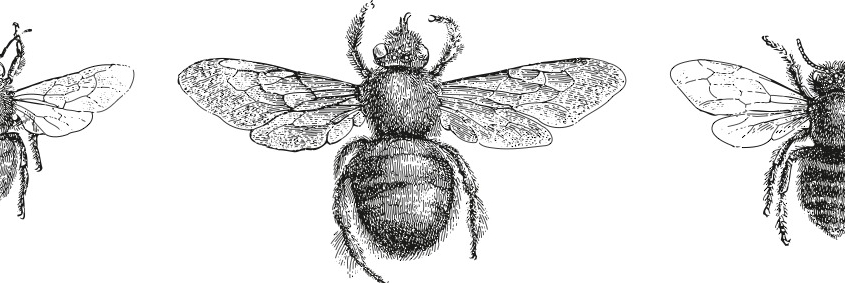Insect Repellent Recommendations
With the nice weather approaching, the insects have also come alive!
Want to know about the most appropriate bug repellent to use? The Centers for Disease Control and Prevention has information to share on the subject of prevention. See full story.
Prevent Bug Bites
Bugs (including mosquitoes, ticks, and some flies) can spread diseases (including Zika, dengue, and Lyme disease), many of which cannot be prevented or treated with a vaccine or medicine. Reduce your risk by taking steps to prevent bug bites. See below for special instructions to protect babies, children, and pregnant women.
Use Insect Repellent
Use EPA-registered insect repellents* that contain at least 20% DEET (products include Cutter Backwoods and Off! Deep Woods) for protection against mosquitoes, ticks, and other bugs. Other repellents protect against mosquitoes but may not be effective against ticks or other bugs:
- Picaridin (also known as KBR 3023, Bayrepel, and icaridin); products include Cutter Advanced, Skin So Soft Bug Guard Plus, and Autan
- Oil of lemon eucalyptus (OLE) or para-menthane-diol (PMD); products include Repel Lemon Eucalyptus
IR3535; products include Skin So Soft Bug Guard Plus Expedition and SkinSmart - The effectiveness of insect repellents that are not registered with the EPA, including some natural repellents, is not known. For more information, see EPA’s website.
When using insect repellent, follow the instructions on the package and reapply as directed:
- In general, higher percentages of the active ingredient provide longer-lasting protection. However, this increase in protection time maximizes at about 50% DEET.
- If you are also using sunscreen, apply it first, let it dry, and then apply repellent. Do not use products that contain both sunscreen and repellent.
- Do not spray repellent on the skin under clothing.
- Consider using clothing and gear (such as boots, pants, socks, and tents) that are treated with permethrin (an insecticide). You can buy pre-treated clothes or treat your own clothes. If treating items yourself, follow instructions carefully. Do not use permethrin directly on skin.
*Insect repellent brand names are provided for your information only. The Centers for Disease Control and Prevention and the US Department of Health and Human Services cannot recommend or endorse any name-brand products.
Cover Exposed Skin
As much as possible, wear long-sleeved shirts, long pants, socks, and a hat. Tuck your shirt into your pants, and tuck your pants into your socks for maximum protection. Some bugs, such as tsetse flies, can bite through thin fabric.
Avoid Bugs Where You Are Staying
Choose hotel rooms or other accommodations that are air conditioned or have good window and door screens so bugs can’t get inside. If bugs can get into where you are sleeping, sleep under a permethrin-treated bed net that can be tucked under the mattress. When outdoors, use area repellents (such as mosquito coils) containing metofluthrin or allethrin.





